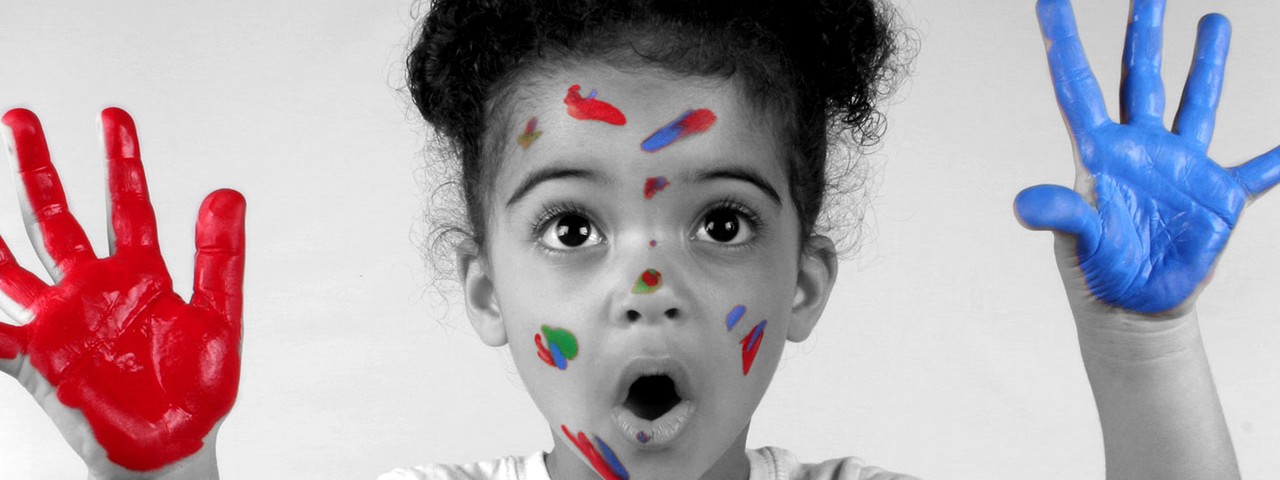Artistic Experiences Enhance Children’s Development
- Tweet

A box of new crayons, a blob of colorful clay, a violin in its case. These objects are artsy, but without a curious mind actively engaged in their use, they just sit there, inert and collecting dust. Our growing children have powerful brains, and when they use those brains to study, make and explore art, the benefits can be wide ranging.
Musical training is a more potent instrument than any other... - Plato Tweet this!“One of my favorite quotes is from Plato,” said Susan Van Dyck, music teacher at the University of Memphis’ Campus School. “He said: ‘Musical training is a more potent instrument than any other, because rhythm and harmony find their way into the inward places of the soul.’ We've been aware of this for centuries, but we are still looking for answers about the real function of music in the educational process. We talk about preparing students for jobs and to be good citizens, but we should also be preparing them to be fully-developed human beings who can appreciate art, music, and beauty at a deep level, not just surface entertainment.”
Child's Play Is a Natural Form of Art
In the early years of brain development, while the neural connections are being made at the most rapid rate of a person’s lifetime, much of a child’s play- doodling, stacking, singing, dancing- can be viewed as natural forms of art.
“When you think about children and play, singing and dancing and making art and painting, those are the kinds of things that come to mind,” said Kathy Dumlao, director of education and interpretation at the Brooks Museum of Art. “These are natural things that kids want to do, and it’s play but it’s also developing motor skills, it’s developing language skills, it’s developing decision making, and being creative.”
Children Benefit from Early Exposure
Even before schooling begins, or even as language development is just beginning to manifest in outward ways, arts exposure is beneficial.
“If a pre-verbal child is in a museum with their parents, the adults can use it as an opportunity to talk about shapes, looking for colors and talking about textures,” said Dumlao. “Those kinds of things come from the parents, who really are the kids’ first teachers. Spending time in the museum with kids and talking about the works of art, even if they aren’t yet able to talk back, they are able to absorb those experiences and to learn from them.”
Everyone Benefits from Artistic Experiences
But just because school begins, parents shouldn’t stop providing experiences in the arts, as it’s imperative to keep these kinds of experiences flowing. Areas of the brain are developed by practicing artistic skills, even if a career in the arts isn’t in your child’s future.
“Listening to music and going to play and collaborating on a project with other people encourages listening and to make observations which is something that makes them become more self-aware and confident,” said Dumlao. “Making art also encourages kids to take risks and encourages them to solve problems in creative ways. They learn to draw on their own experiences and things that they have done before that helped them problem solve, or think about things in a new way. There are many non-artistic benefits that come from making art. It helps develop a life-long sense of curiosity.”
The end result of one arts exploration may be simply a pasta and cotton ball elephant to hang on the fridge, but over time these experiences prepare a child for a rich and successful life.
This article was originally published in Memphis Parent.
